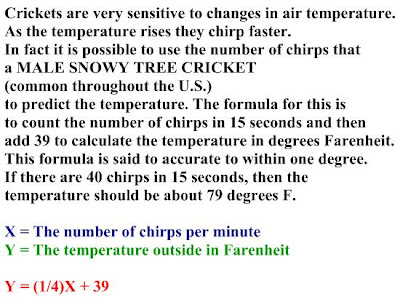Fibonacci Sequence:
0,1,1,2,3,5,8,13,21,34,...
(add two adjacent terms to get the following term!)
There is a great website to see
1) Is 13 really that unlucky?
2) Why do we consider 21 as ADULTHOOD?
3) Why do we use 3 by 5 cards for notes?
4) Is a 5 by 8 inch photo visually appealing to you?
5) The Mountain Laurel Blossom (found in the Smokies)
has the shape of a Pentagon! (5 sided)
Maybe SIGNS are not considered Nature,
but we find them in our world.
First let's review the names of polygons:
NOW A FEW SIGN EXAMPLES:


Below is the bottom of a stalk of CELERY.
(Check out the SYMMETRY!)
Fibonacci Numbers and Nature :
http://www.maths.surrey.ac.uk/hosted-sites/R.Knott/Fibonacci/fibnat.html
http://www.maths.surrey.ac.uk/hosted-sites/R.Knott/Fibonacci/fibnat.html

LINK: Back to the contents of the entire blog...






